Biological preparations for the garden in autumn |
Supporters of organic farming use biological preparations throughout the season to protect plants from diseases and pests. They do not accumulate in plant tissues, are harmless to humans and the environment. But is it worth using biological preparations in autumn?
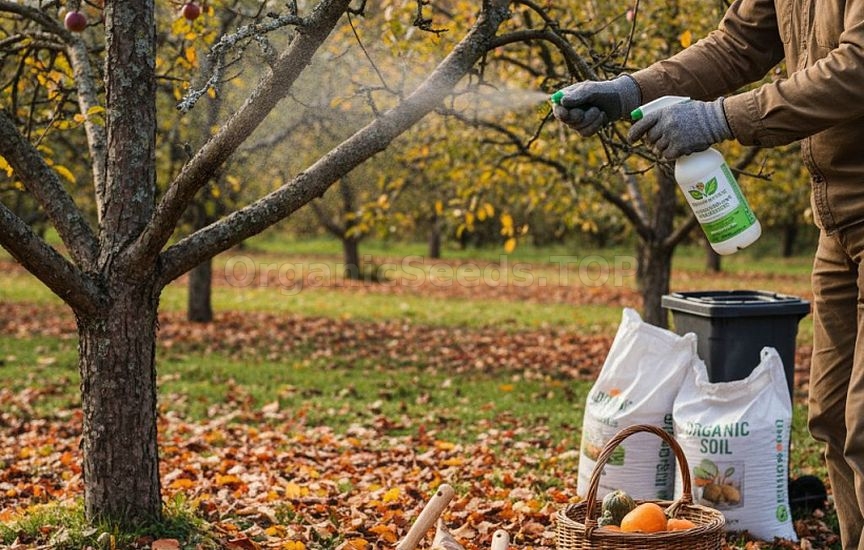 In the autumn period, when the air temperature drops every day, the effectiveness of biological preparations also decreases. The optimal temperature for using most plant protection products is considered to be 12–30°C. However, this does not mean that biological preparations should not be used at the end of the season. And here’s why. Firstly, autumn often still brings a long period of warmth, many crops continue vegetation and even fruiting. For example, late-ripening apples and pears are harvested only on the eve of frost, and remontant raspberries and garden strawberries are picked throughout autumn. Of course, these crops can only be treated with biological preparations. Secondly, beneficial fungi and bacteria (in particular, Bacillus subtilis and Trichoderma) remain active at lower temperatures than many phytopathogens. And considering that many biological preparations contain not only live microorganisms but also their metabolic products, active metabolites (such as antibiotic substances and enzymes), treating soil and plants with such compositions will undoubtedly be beneficial. Thirdly, if we have leftover diluted mother solution of Fitosporin or Trichoderma grown on grain, it is better to use these biological preparations in autumn rather than store them all winter at home or at the dacha. Beneficial microorganisms will spend the cold season in spore form, and with the onset of warmth will become active and begin to heal the soil, protecting our plants. How biological preparations workThere are many microorganisms that can form associations with plant roots, protect them from diseases, stimulate crop development, and increase soil fertility. These microorganisms include fungi of the genus Trichoderma and Bacillus subtilis.
Bacillus subtilis is one of the most popular types of bacteria, found almost everywhere and widely used in the production of biological preparations. These bacteria can remain active at temperatures from 5 to 45°C. During their life cycle, Bacillus subtilis can colonize plant tissues and release antibiotic substances that effectively suppress the growth and development of pathogenic fungi and bacteria. Under unfavorable conditions (drought, frost, or excessively high temperatures), live bacteria form spores. The dense shell protects the microorganism from various aggressive influences. Bacillus subtilis spores can withstand boiling, do not die even in severe frost, and remain viable after drying. When they enter favorable conditions with positive temperature and high humidity, the spores germinate, forming vegetative bacterial cells that then actively multiply. 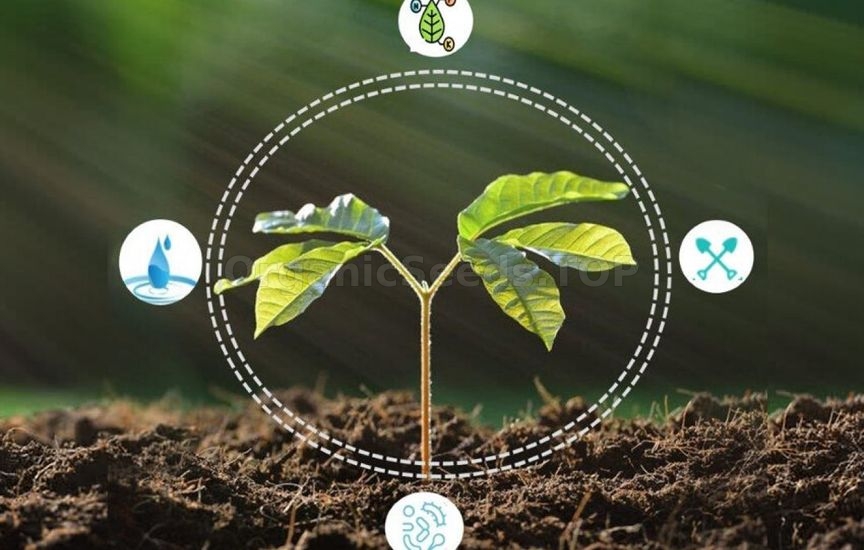 Fungi of the genus Trichoderma have the ability to parasitize a wide range of pathogenic fungi. Developing on the surface of plant roots, Trichoderma increases their absorption capacity and creates a natural barrier against phytopathogens. Additionally, during feeding, Trichoderma breaks down polysaccharides, converting nutrients in the soil into a form accessible to plants. Trichoderma begins to reproduce at temperatures from 8°C. The most active growth of mycelium is observed at 22–30°C. When the temperature drops to 5°C, Trichoderma enters a spore state. But with the onset of warm days, this fungus becomes active again. 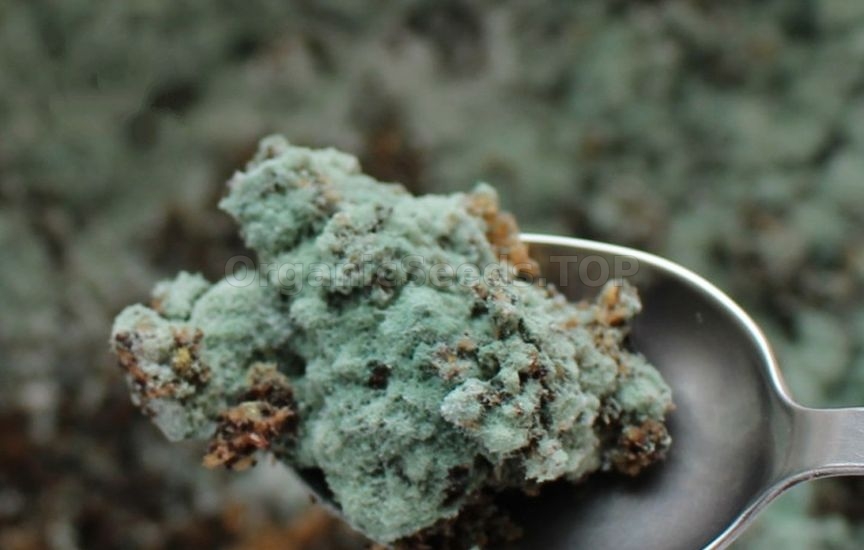 Biological preparations based on entomopathogenic fungi help combat dangerous pests such as wireworms, mole crickets, May beetle larvae, cutworms, and others. Spores of entomopathogenic fungi penetrate the insect’s body through the cuticle or mucous membrane, germinate inside, disrupt blood circulation, and release toxins. After the mycelium spreads, the fungus forms new spores that infect other individuals. There are hundreds of species of entomopathogenic fungi, but the most promising ones used to produce bioinsecticides are fungi of the genera Metarhizium and Beauveria. These fungi infect both larvae and adult insects, complement and enhance each other’s effects, and also exhibit some fungicidal properties. Metarhizium and Beauveria fungi develop most actively at air temperatures of 20–26°C. But even at minimal positive temperatures and high soil humidity, the fungi can still infect insects. In winter, at subzero temperatures, Metarhizium and Beauveria remain in spore form and are well preserved in the soil. In spring, as soon as the soil warms up to 10°C and insects come out of dormancy, entomopathogenic fungi become active again. How to use biological preparations in autumn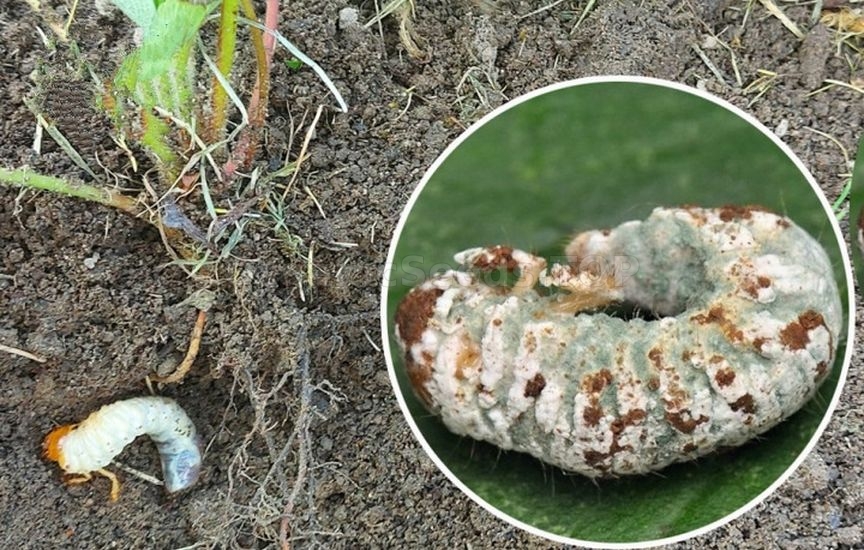 When leaf fall begins and the air temperature drops below 10°C, treating the above-ground parts of trees and shrubs with biological preparations no longer makes sense. But while the cold has not yet arrived and the soil has not cooled, biological preparations can be applied to the soil and used in composting. For example, if you are composting fallen fruit, mown grass, and tree leaves, it makes sense to immediately treat all plant residues with Trichoderma or Bacillus subtilis preparations (Fitosporin-AS, etc.) to accelerate organic decomposition and stop the spread of phytopathogens. The composting mass will continue to heat up for a long time, and the temperature inside the pile will be much higher than the air temperature. It is also worth applying entomopathogenic fungi-based preparations to the soil under trees and shrubs: Boverin, etc. It is especially important to protect young fruit tree seedlings and garden strawberry bushes from May beetle larvae. Apply the biological preparation solution to moist soil, then cover with a thick layer of mulch. Mulching will help retain moisture in the soil and reduce temperature fluctuations. 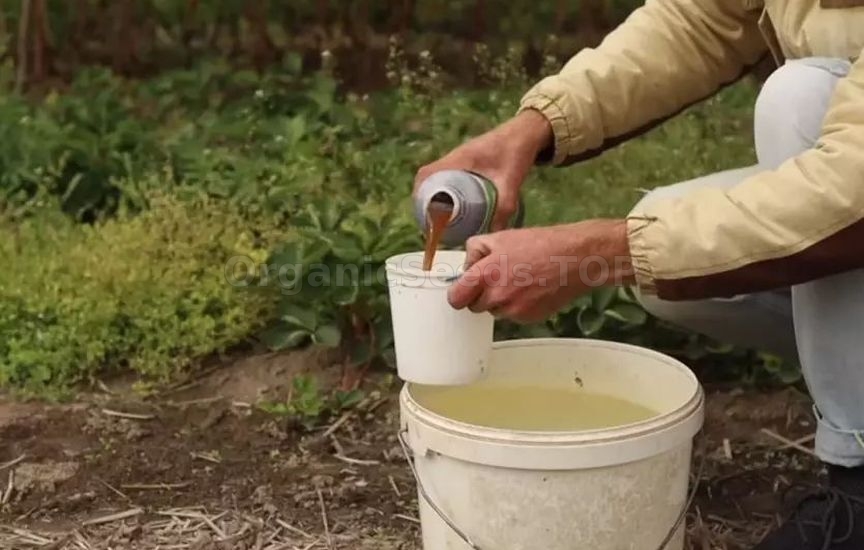 If warm days persist in autumn, it is quite possible to treat garden strawberries and ornamental plants against mites, thrips, aphids, and other pests using Fitoverm. When incorporating green manure and treating soil, you can also apply preparations based on Trichoderma, Metarhizium, and Beauveria – this will accelerate organic decomposition and reduce the effort needed next year to combat diseases and pests. And if you are preparing soil for seedlings in your garden, it is advisable to immediately populate it with beneficial microorganisms so that by spring they will have fully colonized the substrate. Thus, in the autumn period, using biological preparations is possible and even necessary. Even if beneficial fungi and bacteria are not actively developing now, in spring, with the onset of warmth, they will get to work before you start planting or sowing. You may need:Organic Fertilizers |
|
|
